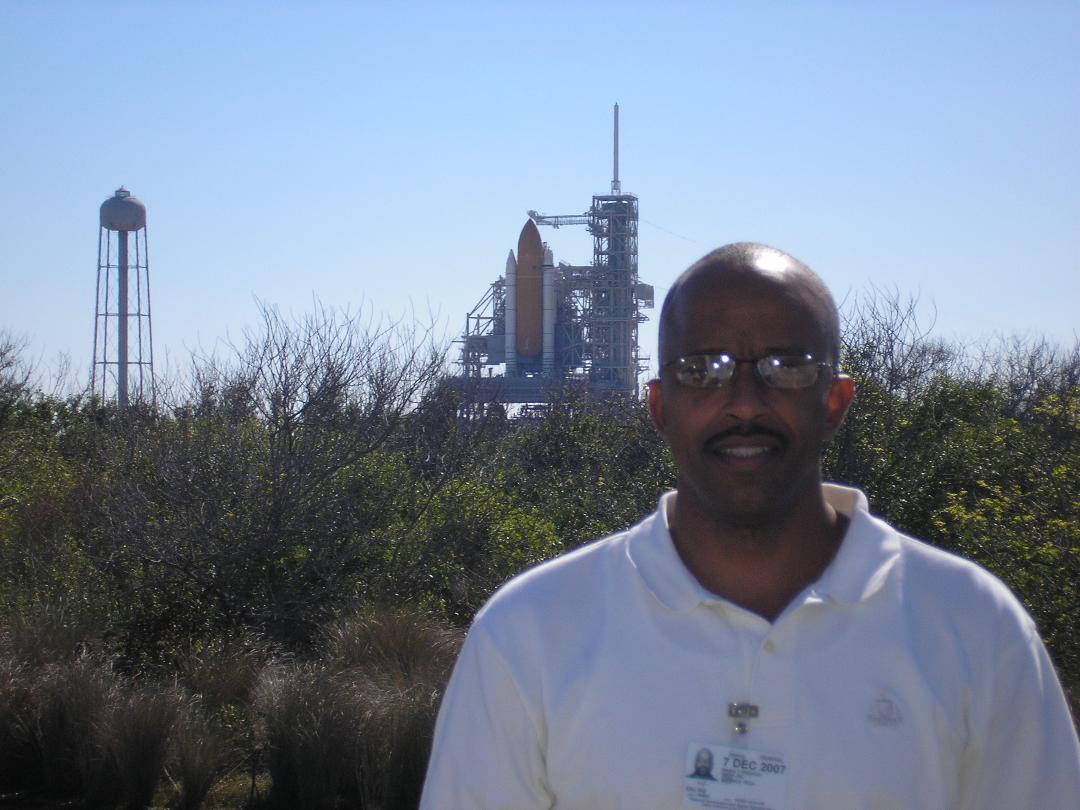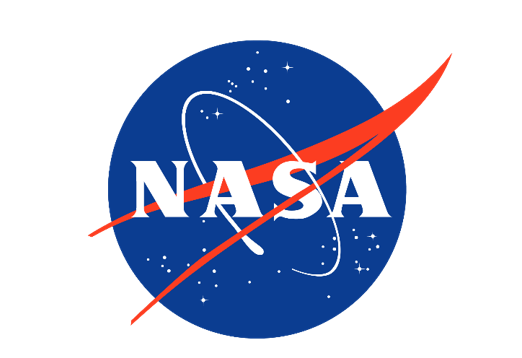Station Nation: Maintaining the Integrity of Station for 18 Years — Meet Raani Francis!
Have you ever wondered who is responsible for ensuring the hardware in and on the International Space Station (ISS) is safe and secure? We sat down with the man behind the certifications, Raani Francis, a Requirements, Test, and Verification Panel chair supporting the ISS Program Vehicle Office at NASA’s Johnson Space Center.
Francis shares his extensive work experience, inspiration for joining the space industry, and how he chooses to spend his free time.
Where are you from?
For most of my formative years I grew up in Dallas, Texas.
What International Space Station office do you support (e.g., Vehicle, External Integration, etc.)?
I support the ISS Program Vehicle Office.
What is your job title?
I am a Requirements, Test, and Verification Panel chair.
May you please describe what your position entails?
I serve as the Test and Verification (T&V) expert for the ISS Program, leading the management of the integrated T&V function, including test and evaluation requirement definition, implementation, and compliance.
In addition, I serve as a consultant to the systems engineering and integration teams to ensure effective test requirements and verification methodology of payloads and associated payload facility hardware.
I also lead and support design reviews, test readiness reviews, technical interchange meetings, test requirement documentation, and test procedure reviews, where I identify and implement process improvements to reduce the number and significance of open issues going into and coming out of reviews.
How would you describe your job to family or friends who may not be as familiar with NASA as employees are reading this?
I am responsible for making sure that any hardware necessary for maintaining the space station is adequately certified. I am also responsible for hardware needed in support of experiments (such as payload facilities) being adequately certified to accomplish its needed function.
How long have you been working for the agency?
I have supported the ISS Program Vehicle Office since 2004.
What was your path to NASA?
After I acquired a Bachelor of Science in mechanical engineering, I worked at the General Dynamics Corporation as an engineering designer supporting the F-16 fighter. Years later, I took a position with the Lockheed Martin Corporation as a senior designer. At Lockheed, I designed the Articulating Portable Foot Restraint, or APFR, a device used by astronauts during spacewalk activities.
Afterwards, I took a position as an engineering supervisor for the General Electric Company, or GE, in Pasadena, Texas, in support of the power industry. After being at GE for approximately 10 years, they decided to move all those activities back to Schenectady, New York. I did not want to uproot my family, so I decided to remain local to Houston and reached out to friends and colleagues, who helped me land a position within the ARES Corporation in support of the ISS Vehicle Office. After a brief time as a contractor for NASA, I was invited to work as a civil servant.
Is there a space figure you have looked up to? Someone in the space, aerospace, or science industry who has motivated or inspired you to work for the space program?
I must admit that my greatest inspiration was my father. My father is an architectural engineer. He received his undergraduate degree from Prairie View A&M University and his graduate degrees from Texas A&M University. He had a way of inspiring you to make, in his mind, the better choice.
He asked me twice in high school if I wanted to go to college and, the first time, I responded with, “I don’t know.” He said, "Okay, do you want a summer job?" I responded yes. He took me to East Texas to his hometown and got me a job cutting sugar cane. After just two weeks, I begged to come home. He told me that this is what people do who don't have college degrees. The next time he asked me if I wanted to go to college, I yelled "Oh, God, yes I do!” That was my inspiration.
Do you have any advice for others, like yourself, who may be contemplating a career at NASA?
NASA is home to some of the greatest minds you will ever meet. It is also a place that drives many people to think outside of that proverbial box. If you are that type of individual, NASA is the place for you.

What is your favorite NASA memory?
As a designer, you are required to validate your design by environmentally testing, as well as verifying, its intended function. One of the desired tests was to substantiate the functionality in a simulated zero-gravity environment.
In order to do so, I was invited to test my hardware in the KC-135, better known as the “Vomit Comet,” a reduced-gravity aircraft utilized by NASA to not only train astronauts, but to test hardware in weightless environments. This was by far my greatest memory in my NASA career.

Francis at NASA’s Kennedy Space Center in Florida. Image courtesy of Raani Francis.
What do you love sharing about station to general audiences (getting the general public to understand its role and how it benefits life on Earth)?
The ability of countries all over the world to collaborate in developing the most complex, habitable facility (the International Space Station) that humankind has ever known. Additionally, the research being done will result in advancing medicine and technology for future generations.

What are your hobbies/things you enjoy outside of work?
Outside of work, I enjoy relaxing on a golf course, looking for my golf balls, and entertaining my three grandchildren.
Would you rather watch a day or night launch?
Night.
Favorite space movie?
I grew up watching “Star Trek,” but I think my favorite is “Star Wars.”
NASA worm or meatball logo?
Every day, we are conducting exciting research aboard our orbiting laboratory that will help us explore farther into space and bring benefits back to people on Earth. You can keep up with the latest news, videos, and pictures about space station science on the Station Research & Technology news page. It’s a curated hub of International Space Station research and digital media from NASA’s Johnson Space Center and other centers and space agencies. Sign up for our once-a-week email newsletter to get the updates delivered directly to you! Follow updates on social media at @ISS_Research on Twitter and space station accounts on Facebook and Instagram.









